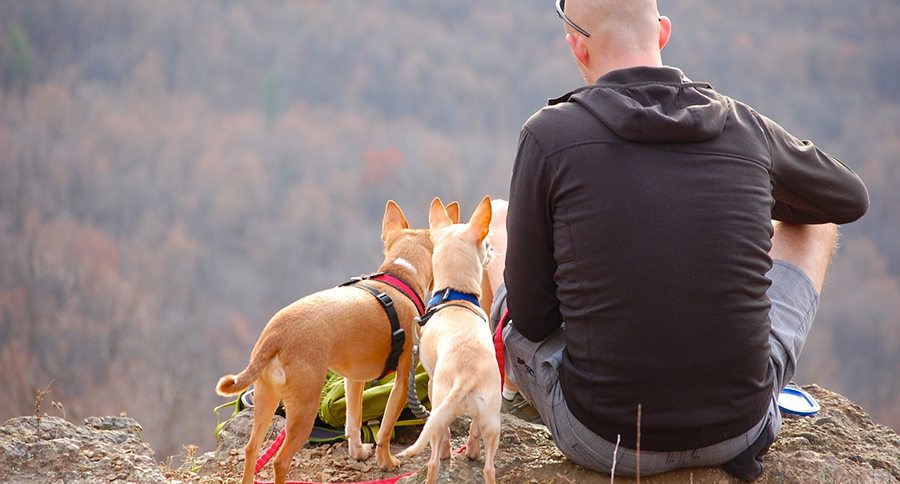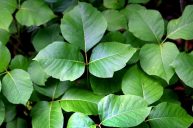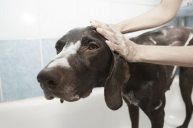Whether you're going for a walk or a hike, keeping dogs safe from poison ivy and poison oak is important.
All dogs, big or small, love spending time in the great outdoors. Whether on a big hike up a mountainside or a woodland walk, poison ivy and poison oak can bring the fun to a halt pretty quickly.
Here is everything you need to know to keep your dog safe during time outdoors.
Prevention
The first step to keeping your pup safe is prevention. The best way to avoid contact with poison oak and ivy is to know the plant; know what it looks like, and where it's commonly found.
Be aware of your surroundings, especially in wooded areas, and you will have an easier time avoiding the toxic plants.
Poison Ivy Plants

Poison Oak Plants
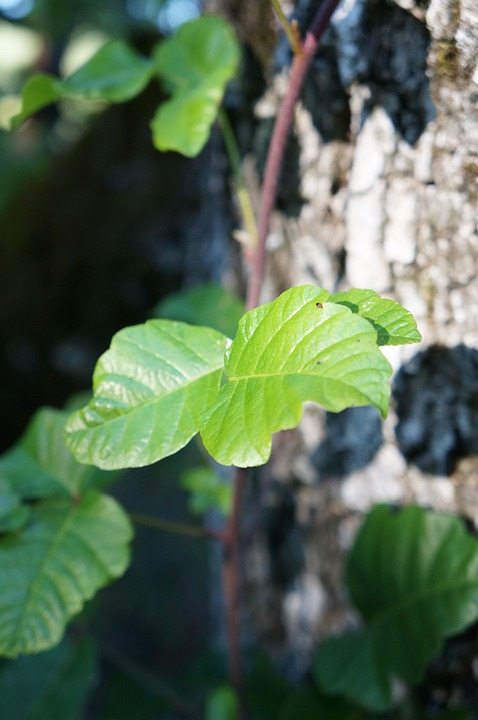
Another way to prevent your dog from frolicking through poisonous plants is to always keep your pup on a leash. This gives you control over what your dog is getting into.
READ MORE: Hurtta's Sun & Bug Blocker Protects Your Pooch from the Elements
Breed Differences
There is some controversy between veterinary professionals about whether or not dogs are even susceptible to a reaction from either plant.
Like humans, each dog is different. Not all humans or dogs are allergic to the plant oil, and each have different reactions.

The allergic reaction is caused by an oil in the plant. Dog breeds with a thicker coat are less likely to have a reaction because their thick coat prevents the oil from reaching their skin. Dogs with short hair are much more likely to have a reaction.
All dogs have areas where their coats are thinner (inner legs, stomach, groin, nose, etc.) and these exposed areas, even on dogs with thicker coats, are more likely to be affected if contact is made.
Symptoms
The reaction may not occur immediately. Especially for dogs with a medium or thick coat, it may take longer for the oils that cause the reaction to reach the skin.
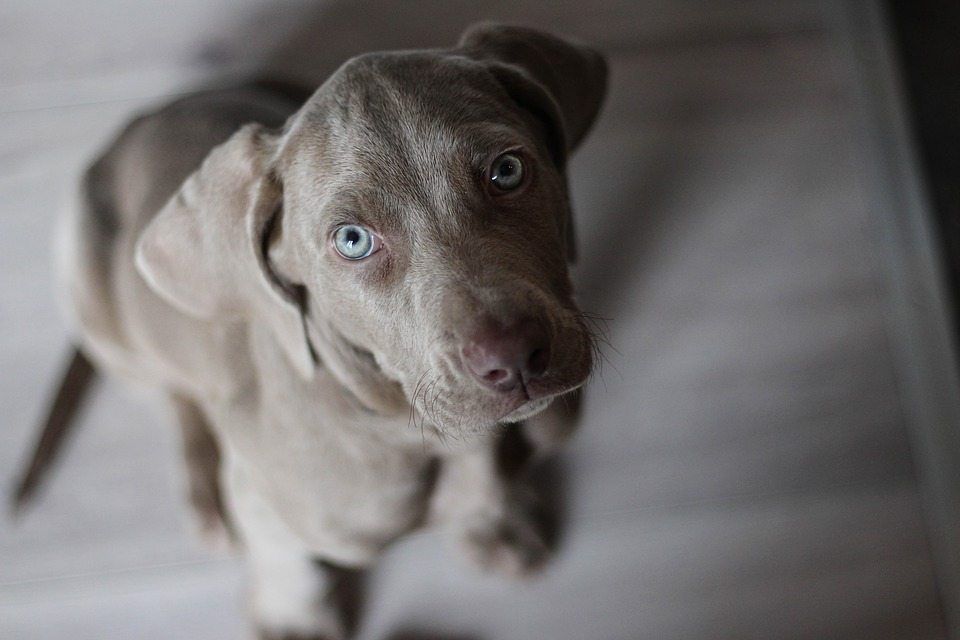
If you are concerned your dog may have come in contact with the plant, you may notice these symptoms:
- Excessive licking, scratching, biting, or chewing of the skin
- Raised, red bumps, swelling, or inflammation of the skin
- Blisters, open sores, or an itchy rash
- Diarrhea, vomiting, or fever
- Anaphylactic Shock (very severe/rare)
If your pet is exhibiting any diarrhea, vomiting, or shock contact your vet immediately. However, vomiting isn't necessarily a bad sign, as it shows the body is trying to rid itself of toxins.
Now what?
If your dog isn't experiencing any severe symptoms but does have a rash, is itching, or is experiencing other symptoms, you'll want to give them a bath immediately.
Using warm water and mild pet shampoo, bathe, and rinse the affected areas. Repeat a second time to ensure that everything got washed off.
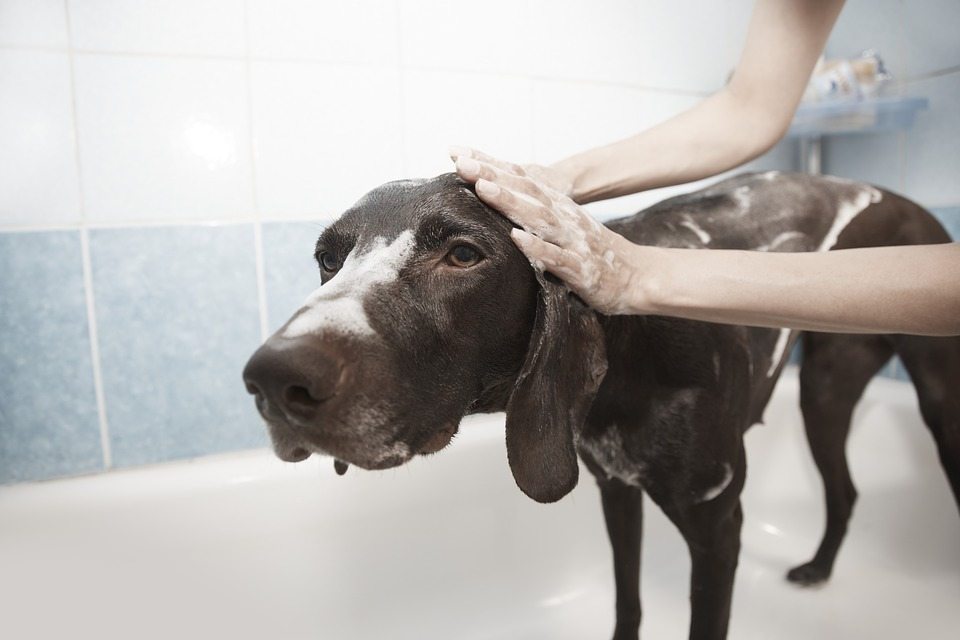
You will want to wear gloves so that the oils don't transfer to your skin, giving you an allergic reaction. After washing your dog twice, you will want to wash everything your dog came into contact with. All clothes, towels, or linens must be washed to ensure the oils won't be transferred anywhere else.
Staff note: Oatmeal shampoo is very soothing and may be a nice alternative to regular shampoo.
Study the yellow-green flowers so you can be confident what poison ivy looks like as it'll be easier to rule out other plants that look similar!
You can also call your vet to see if there is something you can give your dog to help ease their discomfort. A combination of awareness and preparedness will ensure that you have all bases covered!
Pet owners! Tell us how you have treated poison oak or ivy on your pets in the comments below!
WATCH NOW: 5 Training Tips for a New Pup
